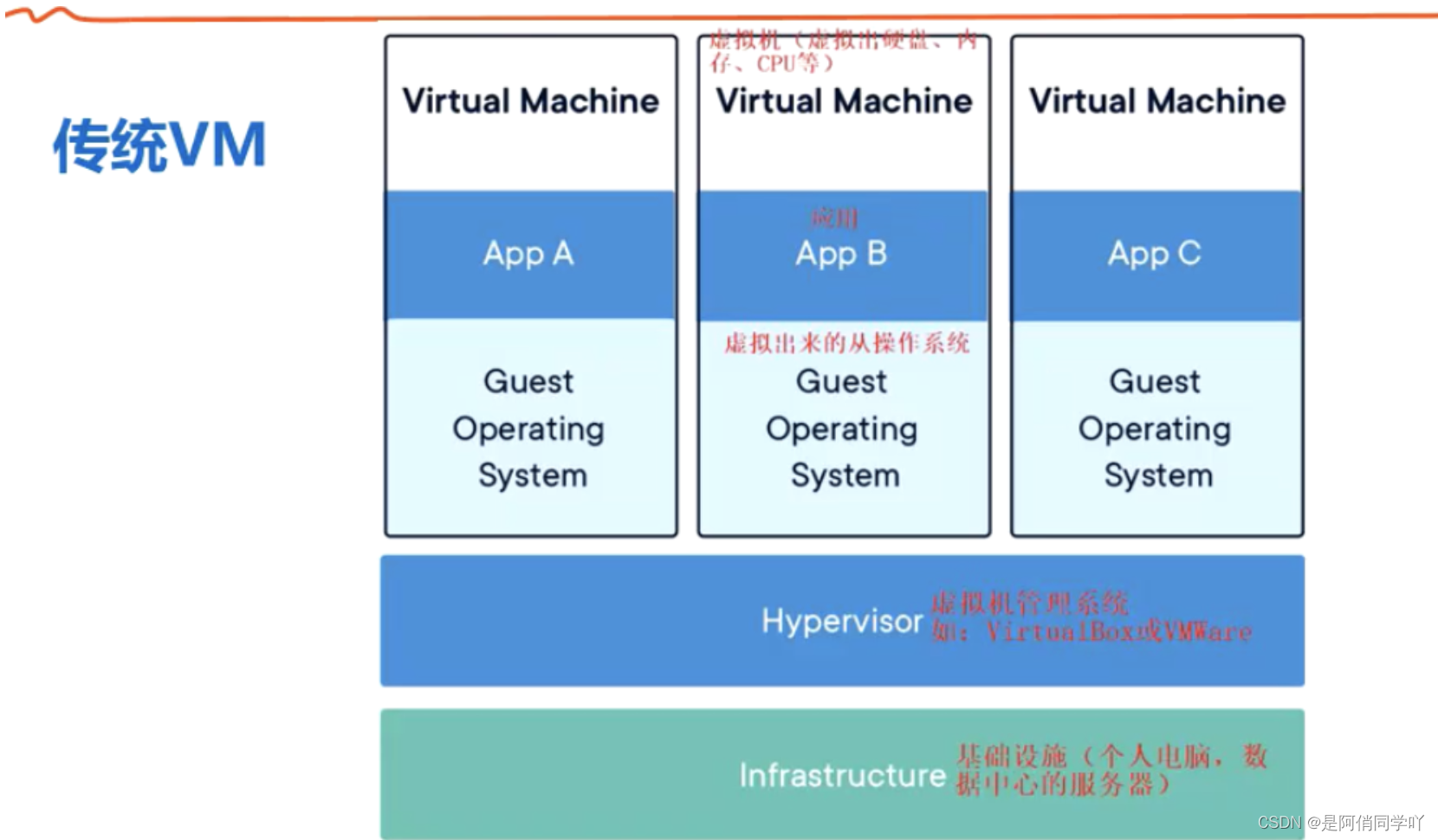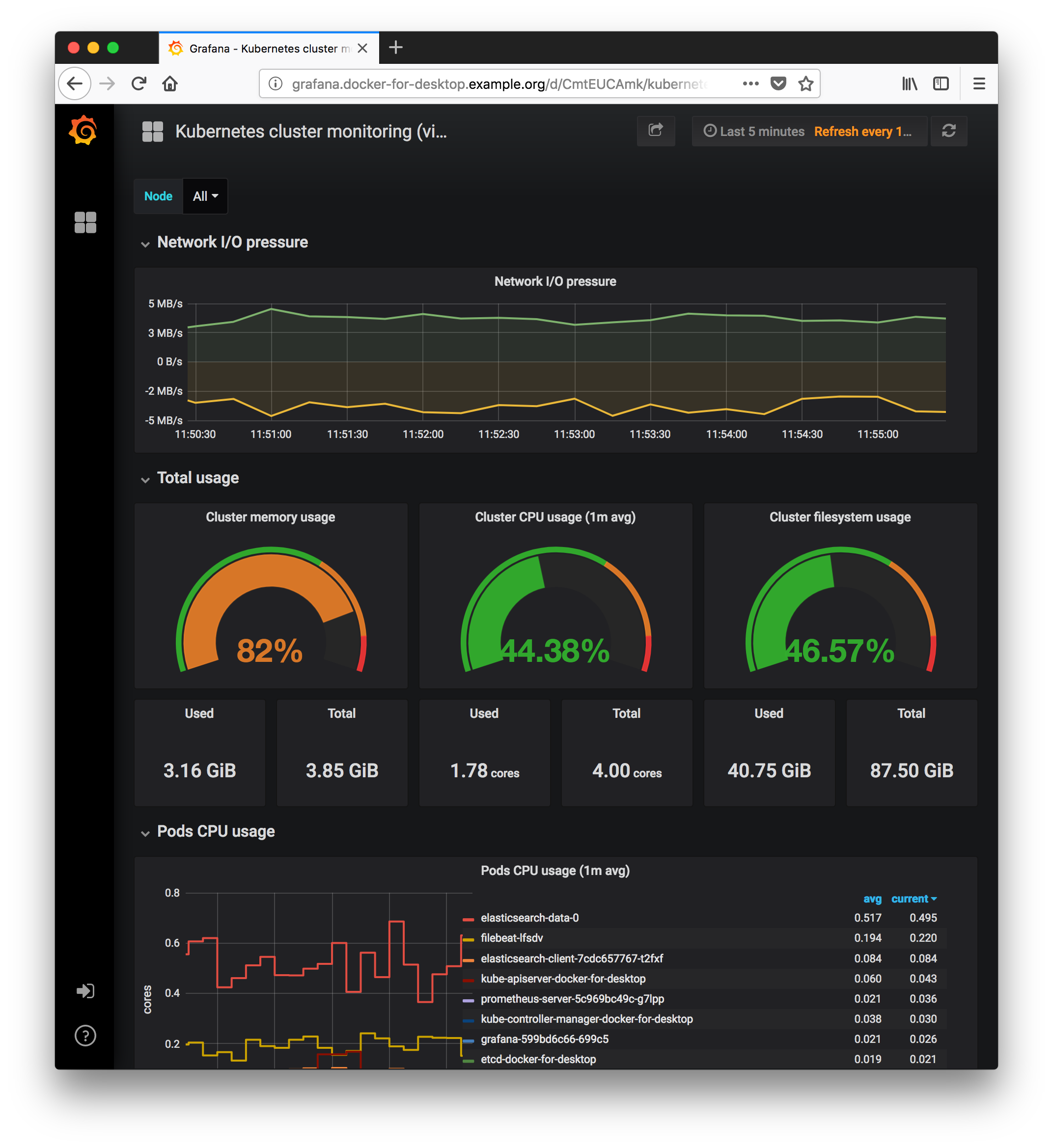

- FILEBEATS DOCKER OFFICIAL HOW TO
- FILEBEATS DOCKER OFFICIAL INSTALL
- FILEBEATS DOCKER OFFICIAL FULL
- FILEBEATS DOCKER OFFICIAL DOWNLOAD
Now you just have to start and enable Filebeat.
FILEBEATS DOCKER OFFICIAL INSTALL
To install Filebeat you would type the following command: sudo dpkg -i filebeat-6.6.b
FILEBEATS DOCKER OFFICIAL DOWNLOAD
To download Filebeat you would type the following command: curl -L -O
FILEBEATS DOCKER OFFICIAL FULL
You can imagine it like a big boat full of logs. Install and configure Filebeatįilebeat is a service that is going to ship log events to Logstash before they reach Elasticsearch and Kibana. This has been a longer post and there is more to digest with the Filebeat. But before that please do take a break if you need one. Now when we have ELK stack up and running we can go play with the Filebeat service. Picture 5: ELK stack on Docker with modified Logstash image

You should see the change in the logstash image name. Also, inside the command line you can type the command sudo docker ps. You can double check it by typing public_host_IP:5601 in your browser. Your slightly modified ELK stack should be up and running. sudo docker run -d -p 9200:9200 -e "http.host=0.0.0.0" -e "transport.host=127.0.0.1" elasticsearch:6.6.0 sudo docker run -d -net=host -e "ELASTICSEARCH_URL= ubuntu/logstash:v1 sudo docker run -d -net=host -e "ELASTICSEARCH_URL= kibana:6.6.0 You don’t have to use all of them, you can just use the one for Logstash. Commands that you would type to run the ELK stack with modified Logstash image are below. Before you run ELK stack with modified Logstash image you have to stop the old Logstash Docker container by typing the following command: sudo docker stop container_name. Instead of logstash:6.6.0 you would type ubuntu/logstash:v1. Now, setting up the entire ELK stack is same as on the prior article with a minor change. Īfter image build please type the command sudo docker images so you make sure that your custom image exists. Now when you have this typed into a Dockerfile and saved it you are ready to build your very own custom Logstash Docker image by typing the following command: sudo docker build -t="ubuntu/logstash:v1". With commands below we are basically telling docker service to pull the original Logstash image, then we tell it to remove the existing default nf from the image and replace it with our version which we have modified above. Dockerfile content should look like on the picture 3 below.
FILEBEATS DOCKER OFFICIAL HOW TO
I will assume that you know how to work with vim file editor. To create Dockerfile type the command: sudo vim Dockerfile. That file will help us to build a custom Logstash Docker image. What next? Next up we will create file named Dockerfile in the same directory where you have saved nf. Now you have nf updated and saved in a special directory Logstash. I could do a deep dive here about this but then blog post would be way too long. What do these parts mean in the output? In layman terms it means that we have told Logstash to send log events to Elasticsearch and we have set custom name for our Elasticsearch index which will appear in Kibana later on. Your final nf should look like on the Picture 2 below. I have created myself a special directory outside of container and named it Logstash, inside I have saved the nf and changed the output. We will just copy nf content and save it in the file with the same name nf but outside of Docker container. We won’t be doing that change inside of the Docker container. What we will be changing in the Logstash config file is the output part. ELK Docker containers and Logstash configĪs you were able to see, Logstash config file on the Picture 1 above has 2 parts, input and output. I have opened the directory where Logstash config resides and shown you the outlook of the config file as well in the already mentioned picture so you won’t be confused. To log into the Logstash Docker container or any other Docker container you would type: sudo docker exec -u 0 -it container_name /bin/bashĪfter logging into Logstash Docker container you should see results like on the Picture 1 below. This is just so you can see how the Logstash config file looks like and where is it placed inside of Docker container. I would suggest that you run basic ELK stack on Docker first and login to Logstash Docker container. How to make those Logstash configuration changes? In this case we have to tell Logstash where to put log events that came from Filebeat. We have to do minor configuration file changes in order to make it work as we have imagined. You see, not all services work out of the box as we want them to after the installation. Why do we have to do a custom Docker image for Logstash? Isn’t the one that we have pulled down from Elastic enough? Those questions might pop up in reader’s mind. How to do basic log event filtering in Kibanaīuilding custom Docker image for Logstash.How to make Filebeat to cooperate with the ELK stack,.How to install and configure Filebeat service,.How to build a custom Docker image for Logstash,.


 0 kommentar(er)
0 kommentar(er)
